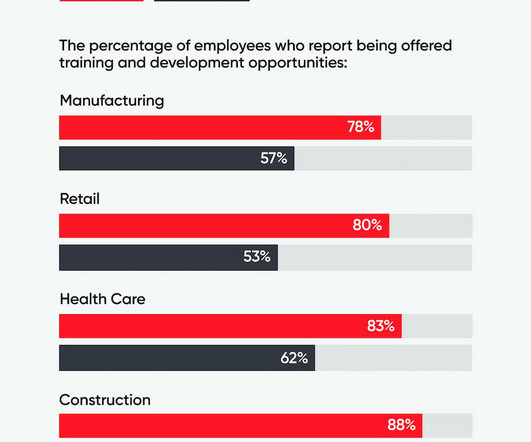Sales professionals need mental health ‘helmets’
Work Life
OCTOBER 2, 2024
However, a B2B salesperson would be responsible for selling a large company a fleet of vehicles, or a wholesale shipment of parts to a car manufacturer. This can lead to prolonged decision-making processes and uncertain outcomes. All of this massively increases uncertainty.


















Let's personalize your content